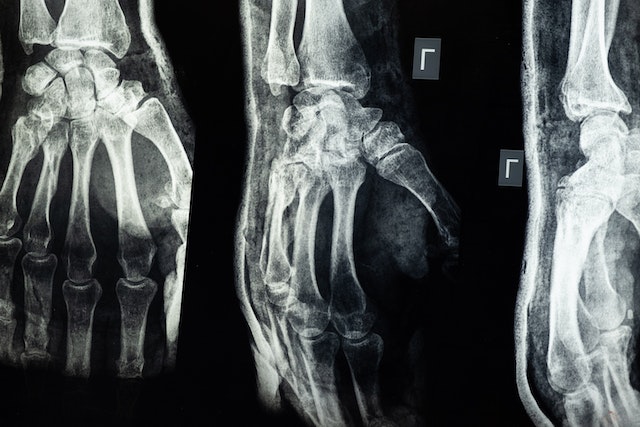We are living in an era defined by relentless technological progress. In this realm, few domains remain untouched by the transformative influence of innovation.
Executives and employees across the healthcare industry, particularly in senior care, are leveraging various technologies to enhance the diagnosis and treatment of patients. Among these technologies is cloud-based medical imaging, which has ushered in a world where medical images are no longer confined to physical films and static databases. Today, images can be securely stored, accurately analyzed, and seamlessly shared, all through the cloud. This not only amplifies convenience and collaboration but also elevates accuracy, consequently improving patient outcomes.
Unleashing Accessibility and Convenience
Gone are the days when medical images were restricted to bulky films and cumbersome archives. Cloud-based medical imaging places accessibility at the forefront. This groundbreaking approach empowers healthcare providers to effortlessly store and retrieve images, eliminating the necessity for physical storage spaces and time-consuming retrieval processes. Envision a physician accessing a patient’s X-rays and MRI scans from the comfort of their office or a specialist analyzing crucial images in real-time from halfway around the world. Cloud-based solutions turn these scenarios into reality.
Seamless Collaboration for Enhanced Patient Care
Collaboration among healthcare professionals stands as the cornerstone of effective patient care. Cloud-based medical imaging platforms are dismantling silos and nurturing seamless collaboration. With just a few clicks, physicians, radiologists, and specialists can share images, discuss cases, and collectively formulate optimal treatment plans. This not only conserves valuable time but also ensures that patients receive comprehensive and expert opinions, leading to more precise diagnoses and tailored treatments.
Security: The Foundation of Cloud Medical Imaging
Mentions of the cloud often evoke concerns about data security. However, cloud-based medical imaging solutions are meticulously designed with security as a top priority. Leading platforms employ robust encryption protocols, multi-factor authentication, and compliance with stringent healthcare data regulations such as HIPAA. These layers of security guarantee the confidentiality and protection of patient information against unauthorized access. Consequently, medical professionals can confidently embrace the advantages of cloud-based imaging without compromising patient privacy.
Harnessing the Power of AI and Machine Learning
Advancements in artificial intelligence (AI) and machine learning (ML) are revolutionizing the interpretation of medical images. Cloud-based platforms are integrating AI algorithms capable of analyzing images with remarkable precision. This fusion of human expertise and AI capabilities enhances diagnostic accuracy, expedites the interpretation process, and enables early detection of subtle anomalies that might otherwise go unnoticed. The cloud’s extensive computational resources make it the ideal environment for training and deploying these AI algorithms, paving the way for a new era of predictive and personalized medicine.
Scalability: Meeting the Growing Demands
The sheer volume of medical images generated daily is staggering, and traditional storage solutions often struggle to keep up. Cloud-based medical imaging surmounts this challenge with its inherent scalability. Whether a healthcare facility deals with hundreds or thousands of images, the cloud seamlessly accommodates these demands. This scalability ensures that healthcare providers can concentrate on patient care, free from concerns about storage capacity or infrastructure upgrades.
Cost Efficiency and Sustainability
Embracing cloud-based medical imaging not only enhances patient care but also offers economic benefits. Traditional imaging setups demand substantial investments in hardware, software, and maintenance. In contrast, cloud-based solutions follow a pay-as-you-go model, substantially reducing upfront costs. Moreover, the cloud’s energy-efficient infrastructure contributes to a more sustainable healthcare ecosystem by minimizing the carbon footprint associated with maintaining on-site servers.
The advantages of cloud-based medical imaging are undeniable: expedited diagnoses, refined treatment plans, reduced costs, and augmented global collaboration.

